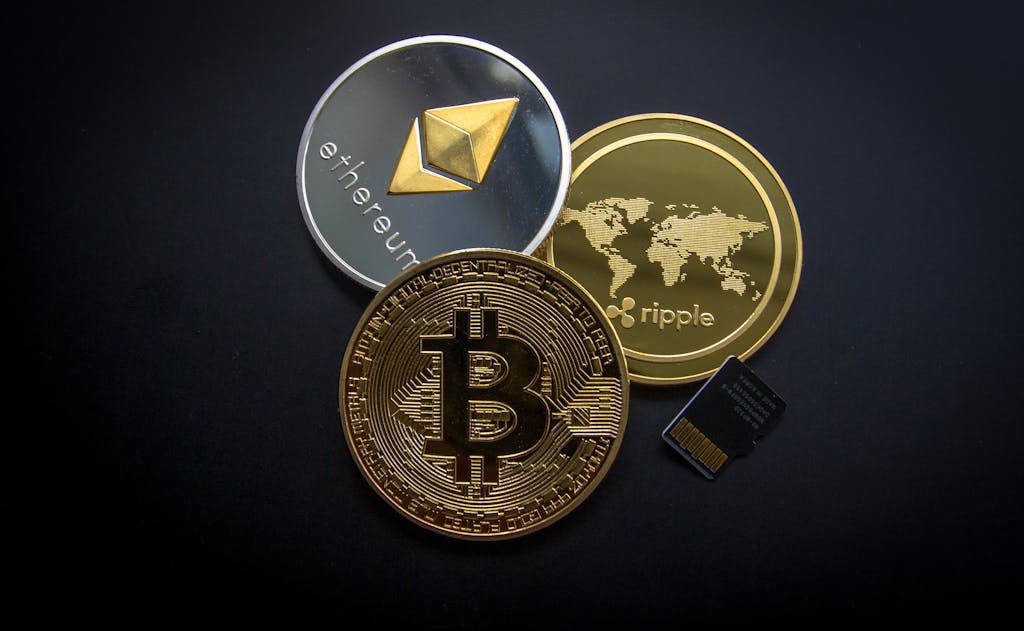Cryptocurrency pioneer Wei Dai, creator of the influential b-money system that preceded Bitcoin, has highlighted a critical gap in crypto’s evolution: its underperformance in the payments sector. Despite the well-documented limitations of traditional financial systems, cryptocurrency has struggled to establish itself as a mainstream payment solution. Here’s a comprehensive analysis of the challenges and opportunities in crypto payments adoption.
Key Takeaways from Wei Dai’s Assessment
- Despite technological advantages, crypto payments haven’t achieved widespread adoption
- Traditional payment systems’ shortcomings haven’t catalyzed a shift to crypto
- Infrastructure and user experience barriers remain significant hurdles
The Current State of Crypto Payments
While stablecoin adoption has seen significant growth among institutions, retail payment adoption faces unique challenges. The cryptocurrency payments landscape remains fragmented, with various competing solutions but no clear market leader.
Barriers to Crypto Payment Adoption
- Volatility: Price fluctuations make merchants hesitant to accept cryptocurrencies
- Transaction Speed: Network congestion can lead to delayed settlements
- User Experience: Complex wallet management and address systems deter mainstream users
- Regulatory Uncertainty: Unclear frameworks create hesitation among businesses
The Path Forward: Solutions and Opportunities
Industry experts suggest several key improvements needed for wider adoption:
- Enhanced payment infrastructure integration
- Simplified user interfaces for non-technical users
- Better merchant tools and support systems
- Regulatory clarity and compliance frameworks
FAQ: Crypto Payments Evolution
Q: Why haven’t cryptocurrencies replaced traditional payment systems?
A: Complex user experience, volatility, and regulatory uncertainty have slowed adoption.
Q: What role do stablecoins play in crypto payments?
A: Stablecoins offer price stability and faster settlement times, making them more attractive for payments.
Q: How can businesses start accepting crypto payments?
A: Businesses can integrate payment processors or develop direct crypto payment solutions with proper compliance measures.
Looking Ahead: The Future of Crypto Payments
While challenges persist, ongoing developments in layer-2 solutions, stablecoins, and payment infrastructure suggest a promising future for crypto payments. The industry must focus on solving core user experience and integration challenges to achieve its potential in the payments sector.






